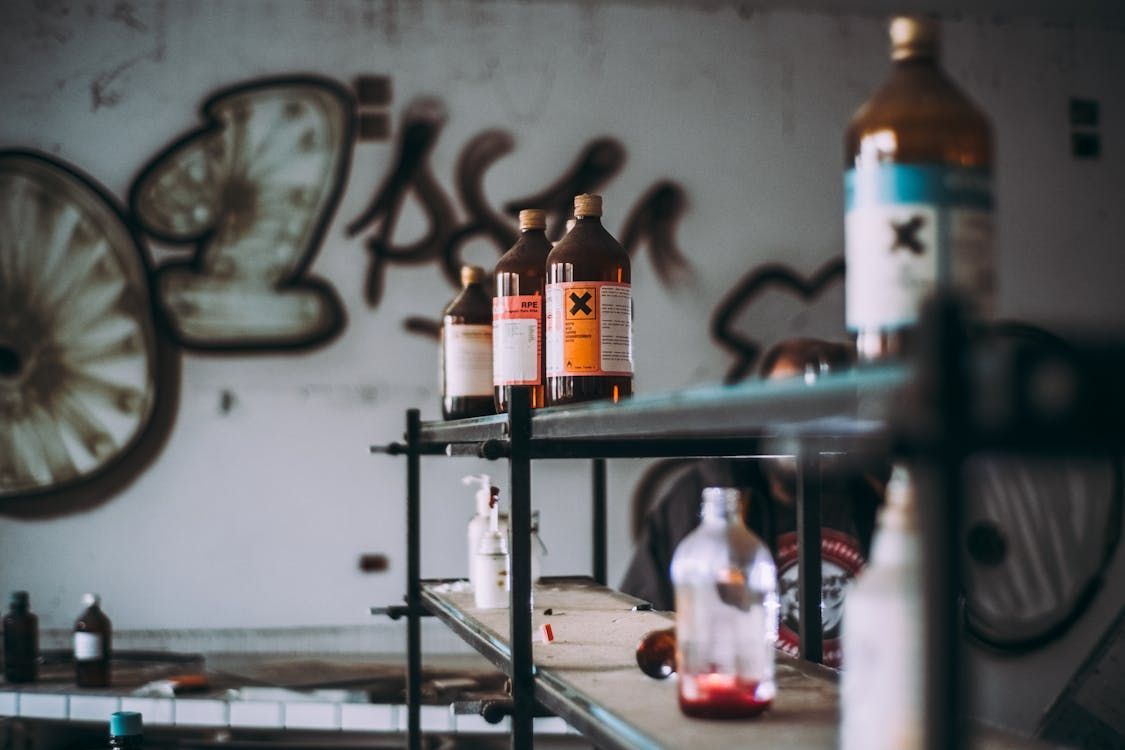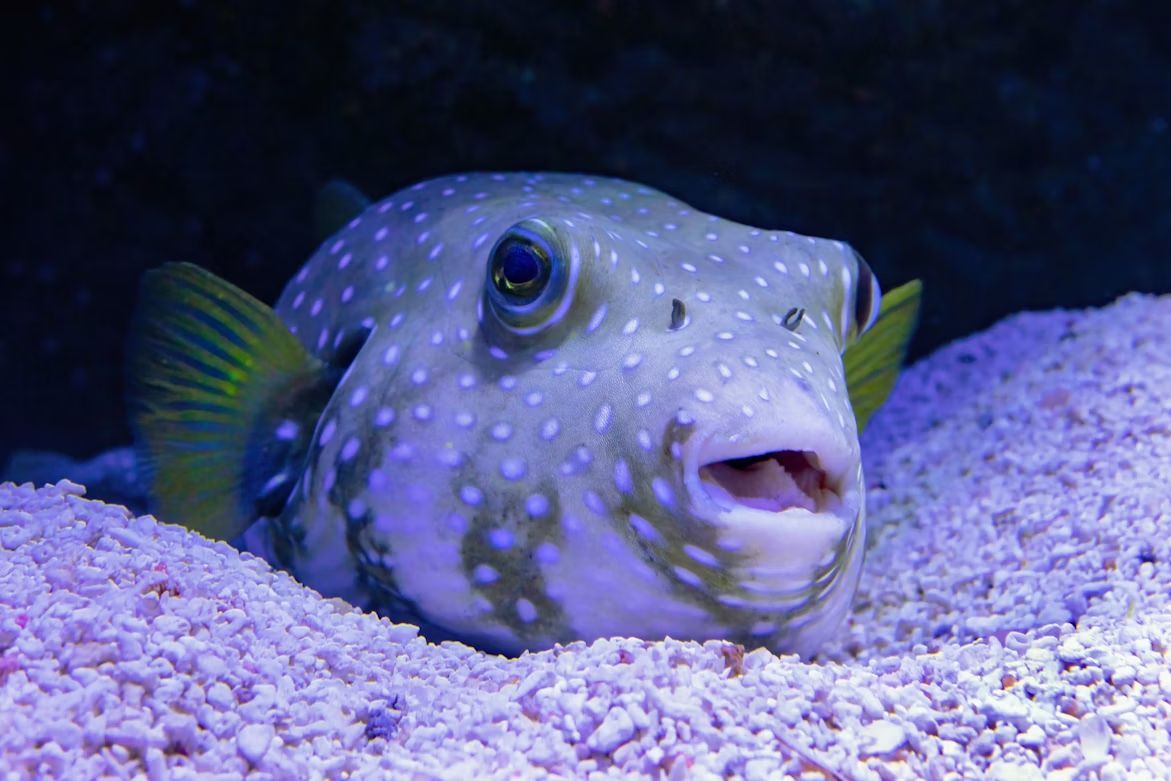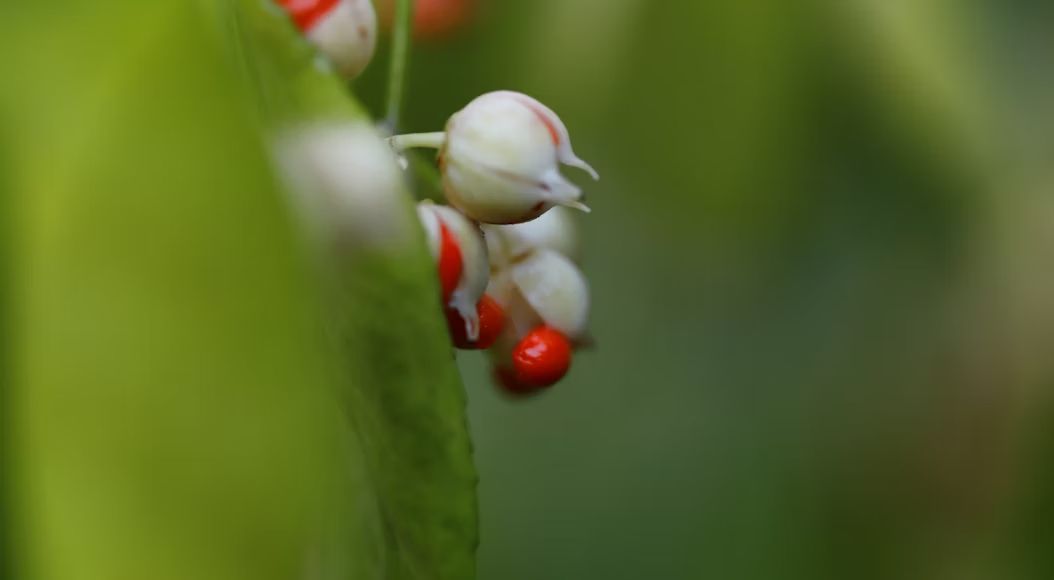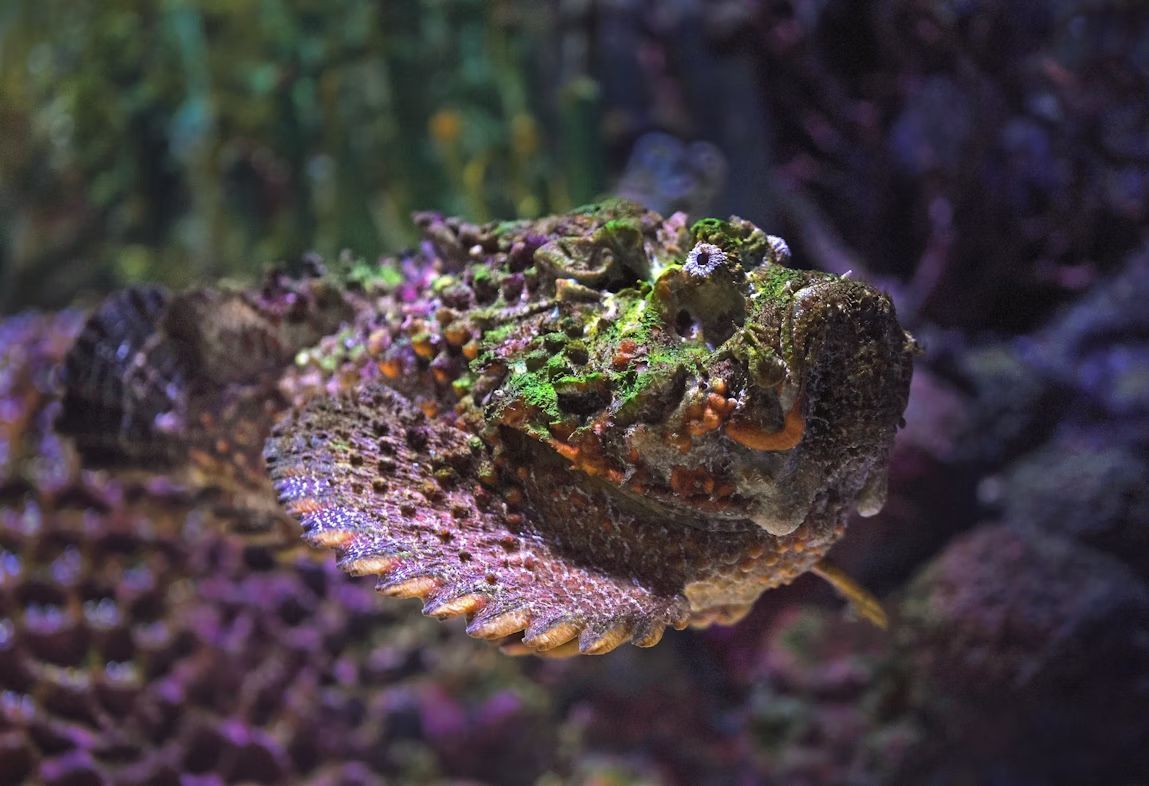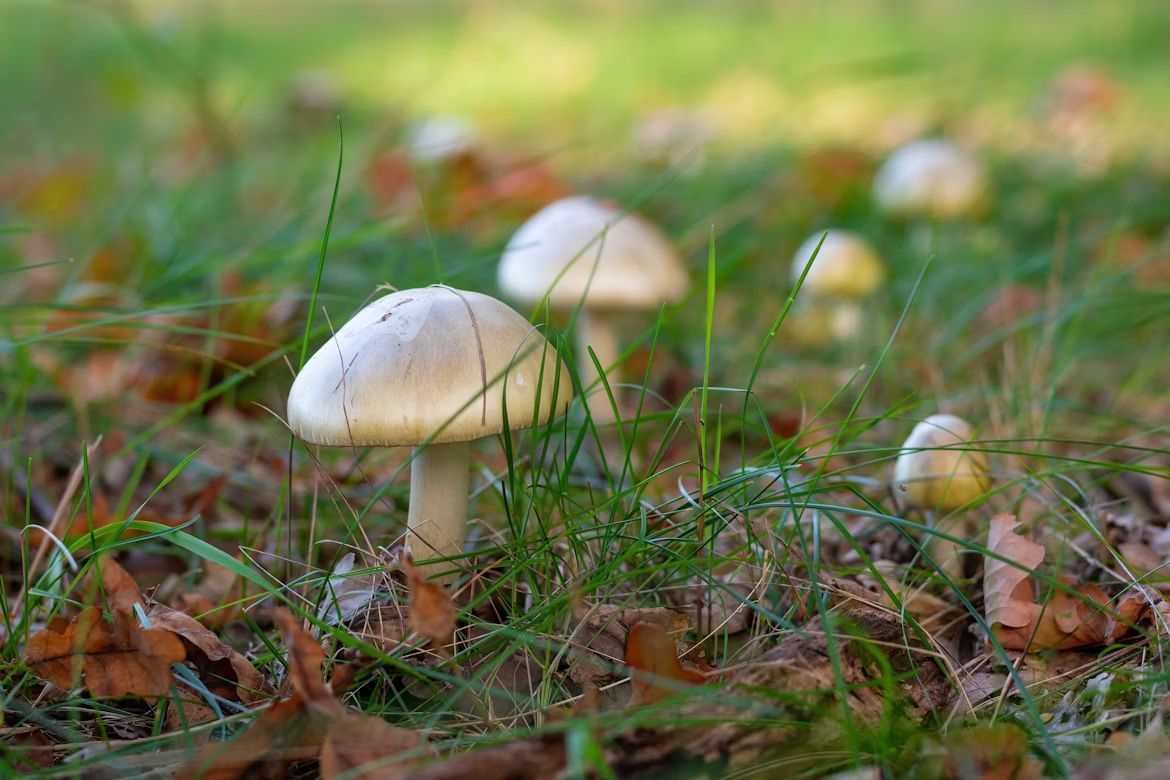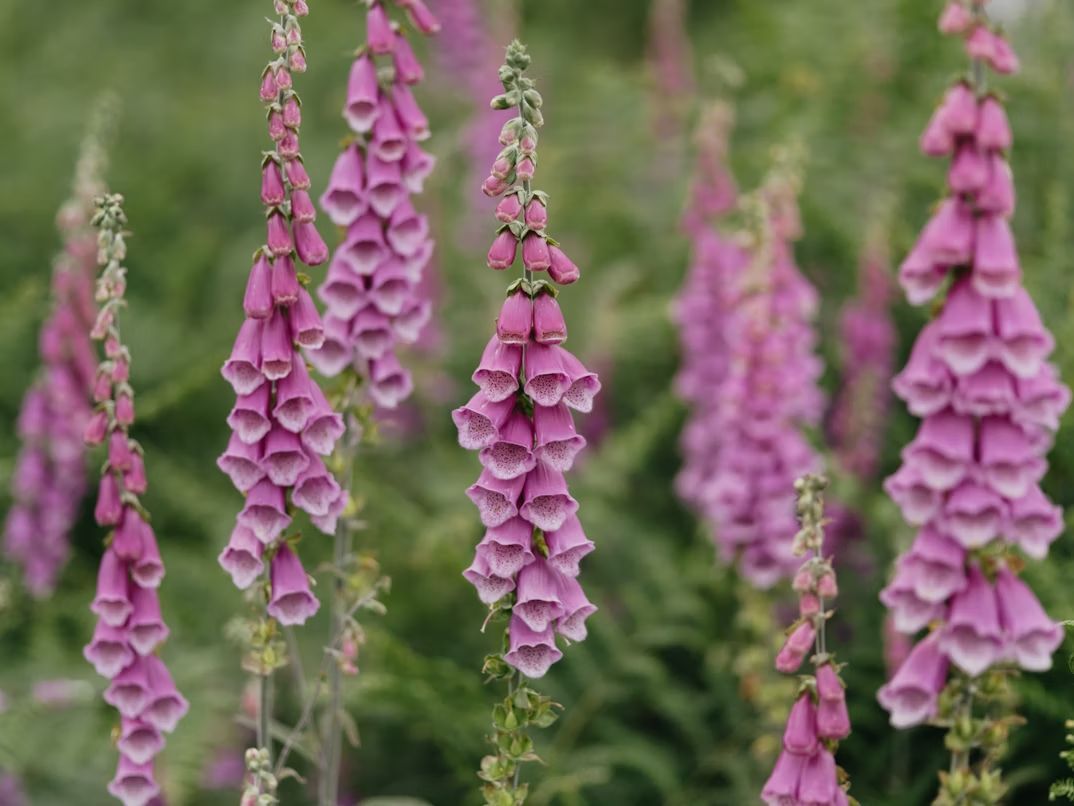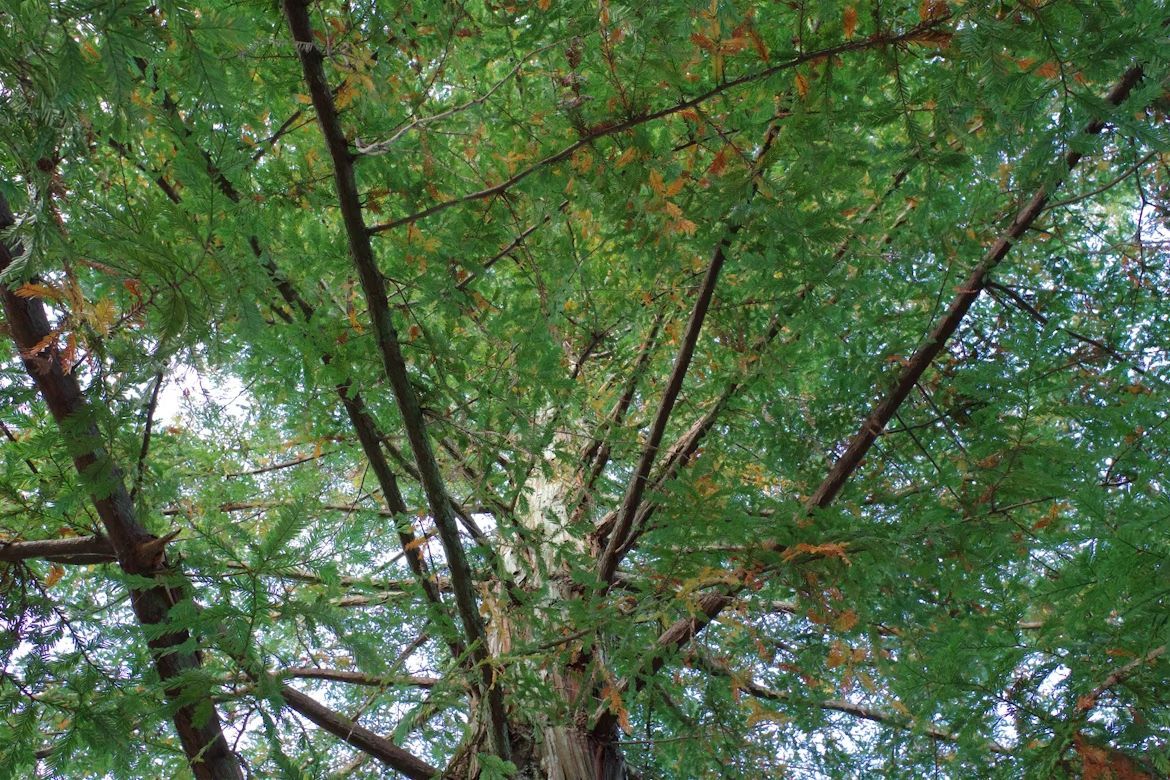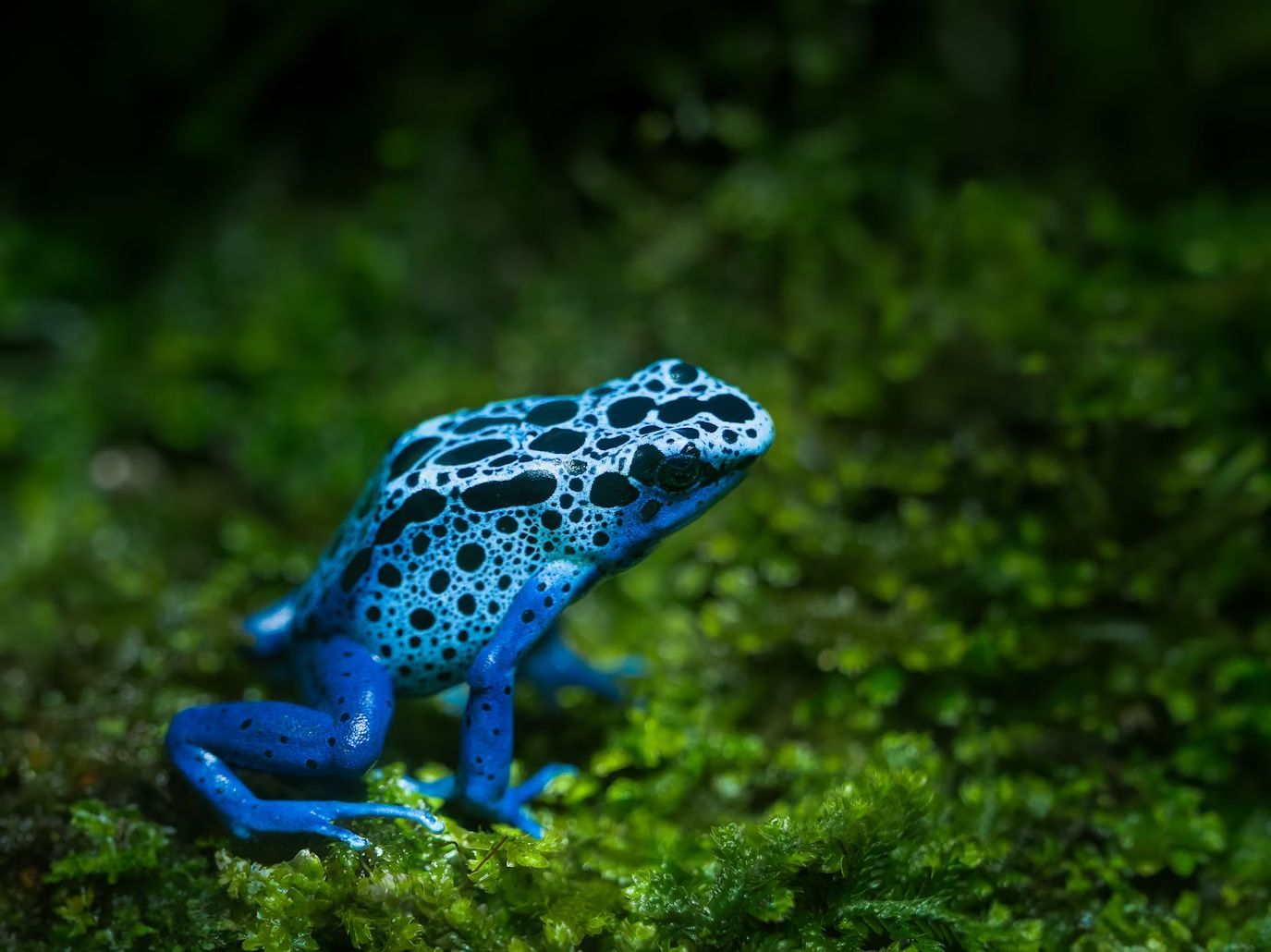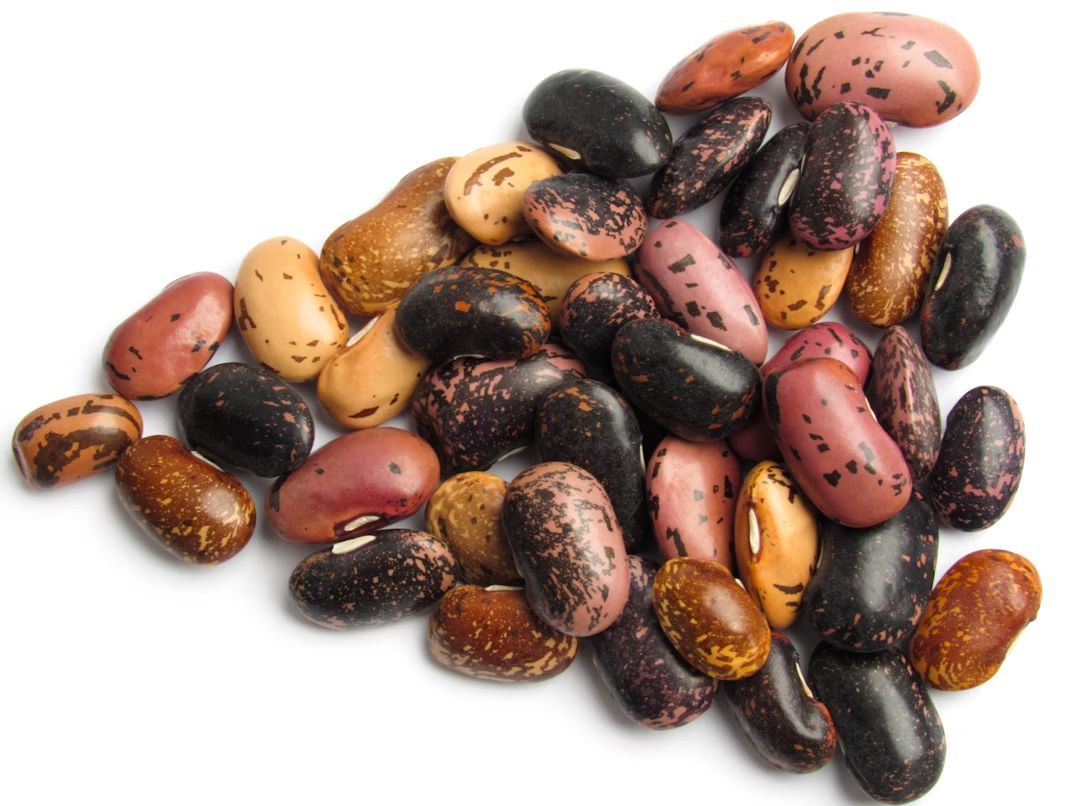It’s game time!
Do you speak “food Latin”? Let’s see if you guess these kitchen classics!
Published on November 22, 2025
 Credit: Hobi industri
Credit: Hobi industri
Think you know your fruits and veggies better than the back of your hand? Let’s put that to the test. Scientists love fancy names, but behind all that Latin, you’ll find foods you probably have in your kitchen right now. Here’s a little guessing game: We’ll give you some clues about the origins, uses, or traditions tied to a food. Then we’ll reveal the answer. Let’s see how many you can get right!
Scientific name #1: Allium sativum
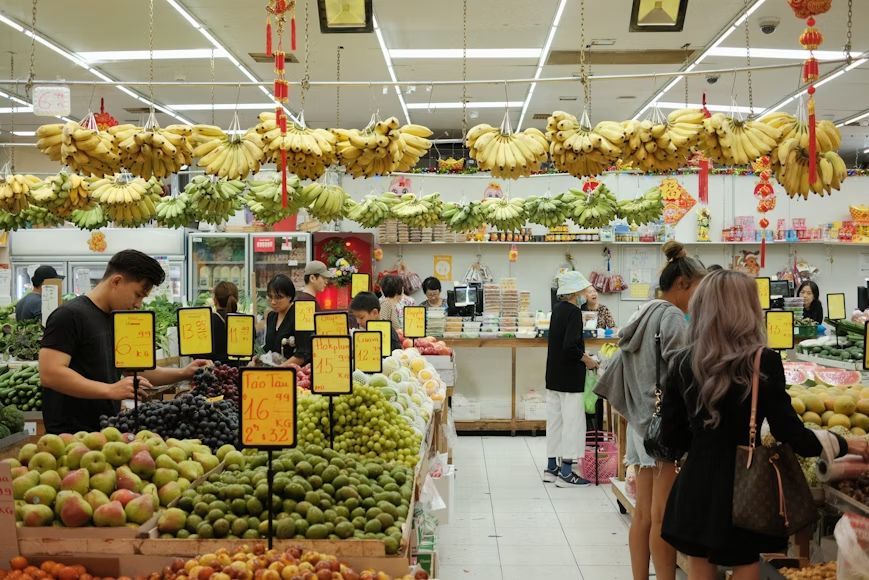 Credit: Dominic Kurniawan Suryaputra
Credit: Dominic Kurniawan Suryaputra
This little bulb has been keeping kitchens fragrant for thousands of years. Ancient Egyptians swore by it for strength, while Italians turned it into a must-have for sauces. Love it or hate it, its smell lingers long after dinner. Any guesses in the room?
Scientific name #2: Malus domestica
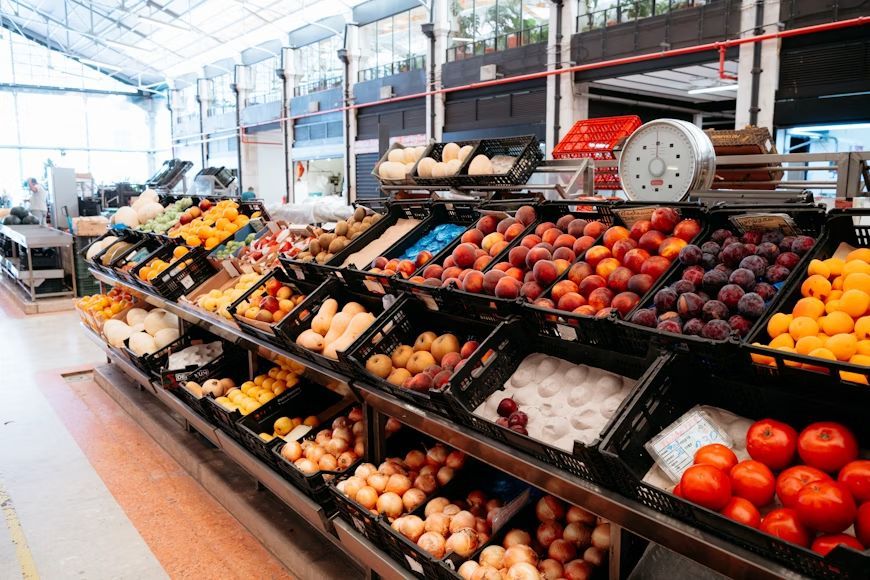 Credit: Markus Winkler
Credit: Markus Winkler
This fruit has been part of human history since biblical times. It’s been baked into more pies than anyone can count. Just one bite every day, and you won’t be making any more doctor’s appointments. A crisp bite in autumn just can’t be beaten.
Scientific name #3: Citrus paradisi
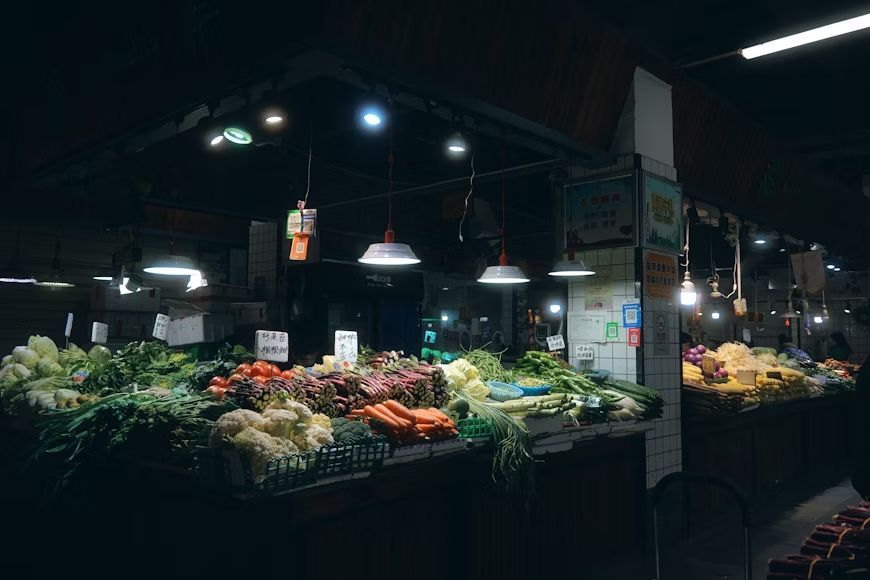 Credit: airci K
Credit: airci K
This tart beauty first appeared in the Caribbean, but today it’s a breakfast table regular. Its zingy flavor divides people: some swear by it with a sprinkle of sugar, others can’t stand the bitterness. What do you think this is?
Scientific name #4: Cucumis sativus
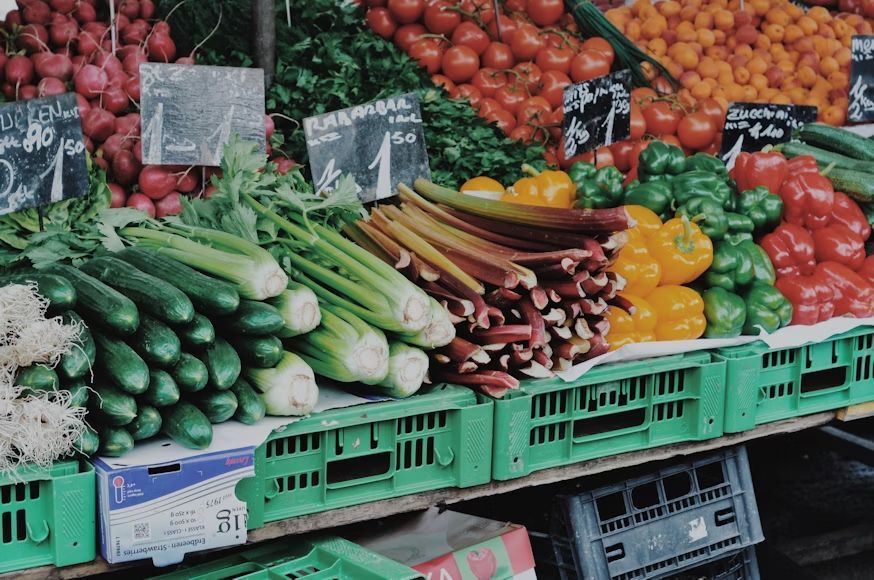 Credit: Ashley Winkler
Credit: Ashley Winkler
Cool, crunchy, and packed with water, this veggie is a summer favorite. It sneaks into sandwiches, salads, and pickling jars across the globe. Ancient civilizations grew it thousands of years ago, and it hasn’t lost its charm. Wanna find the answer? Keep scrolling!
Scientific name #5: Fragaria ananassa/vesca
 Credit: Daniel von Appen
Credit: Daniel von Appen
Sweet, red, and heart-shaped, this fruit screams summertime. Wimbledon even made it a tradition, serving it with cream for over a century. You’ll see it on shortcakes, jams, and plenty of cereal boxes, too. You know it by now, don’t you?
Scientific name #6: Cucurbita pepo
 Credit: Henrique Sosa
Credit: Henrique Sosa
Farm stands overflow with this one in the fall. You’ll see kids carving it, bakers turning it into pies, and health nuts roasting its seeds. Native to the Americas, it’s been part of diets for thousands of years.
Below, you’ll find all the answers. Let’s see how many you got right!
Food #1: Garlic
 Credit: team voyas
Credit: team voyas
Did you guess this one? Allium sativum is garlic. Packed with flavor and believed to boost heart health, garlic is grown worldwide, but China leads the harvest. Whether roasted, minced, or sliced, it’s the soul of countless dishes. Are you team garlic or not?
Food #2: Apple
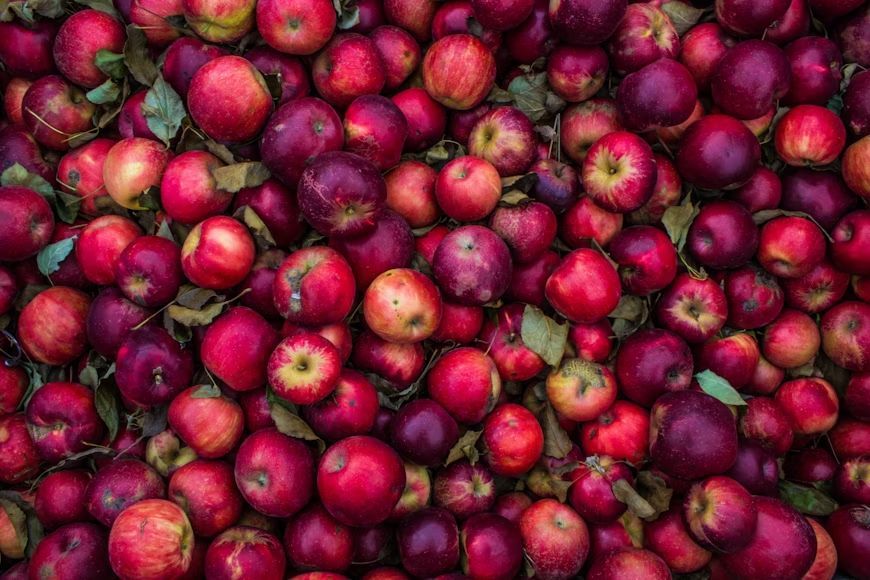 Credit: sydney Rae
Credit: sydney Rae
Malus domestica is none other than the apple. Did the "doctor’s appointment" reference give it away too soon? The United States, especially Washington State, is a top grower. From cider to applesauce, it’s hard to imagine an American table without it, right?
Food #3: Grapefruit
 Credit: freestocks
Credit: freestocks
Citrus paradisi is grapefruit! Florida is famous for its juicy varieties, loved for their vitamin C punch. Grapefruit even got its name because the fruits grow in clusters that look a lot like grapes. Now the debate stands: Sugar or no sugar?
Food #4: Cucumber
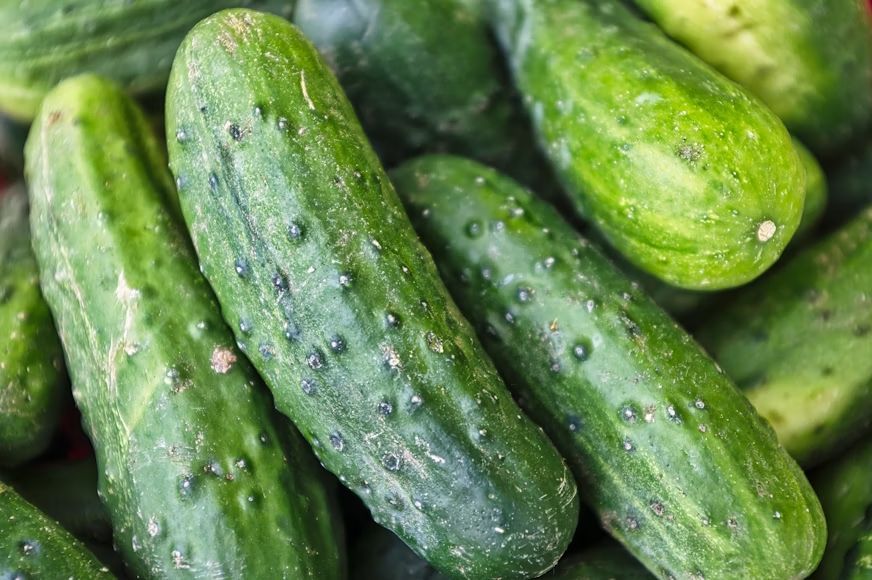 Credit: Eric Prouzet
Credit: Eric Prouzet
Cucumis sativus is a cucumber. India is its original home, though now you’ll find it growing just about everywhere. Whether sliced fresh or turned into pickles, it’s the definition of refreshing. And it also
Food #5: Strawberry
 Credit: Natasha Skov
Credit: Natasha Skov
Red, heart-shaped… This one is the strawberry, of course! The United States, especially California, grows tons of them every year. Fun fact: strawberries aren’t true berries botanically, but don’t let science spoil dessert.
Food #6: Pumpkin
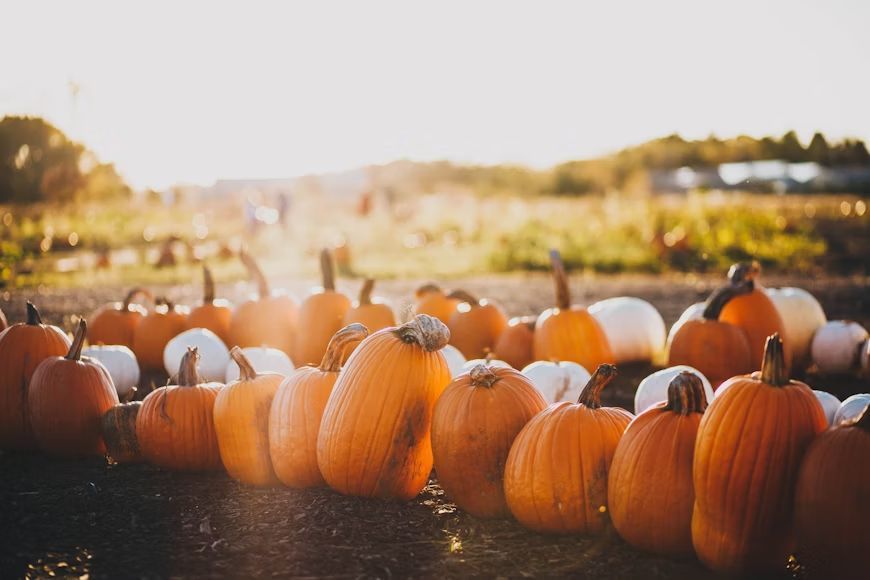 Credit: Maddy Baker
Credit: Maddy Baker
That’s Cucurbita pepo, the pumpkin. From lattes in October to jack-o’-lanterns on Halloween, it’s an American seasonal icon. And yes, the seeds, called pepitas, are as nutritious as they are tasty.
